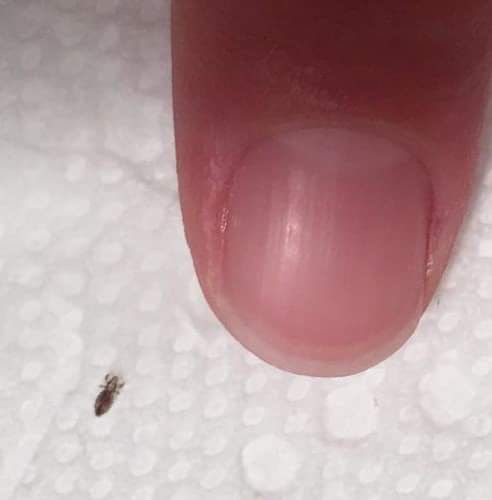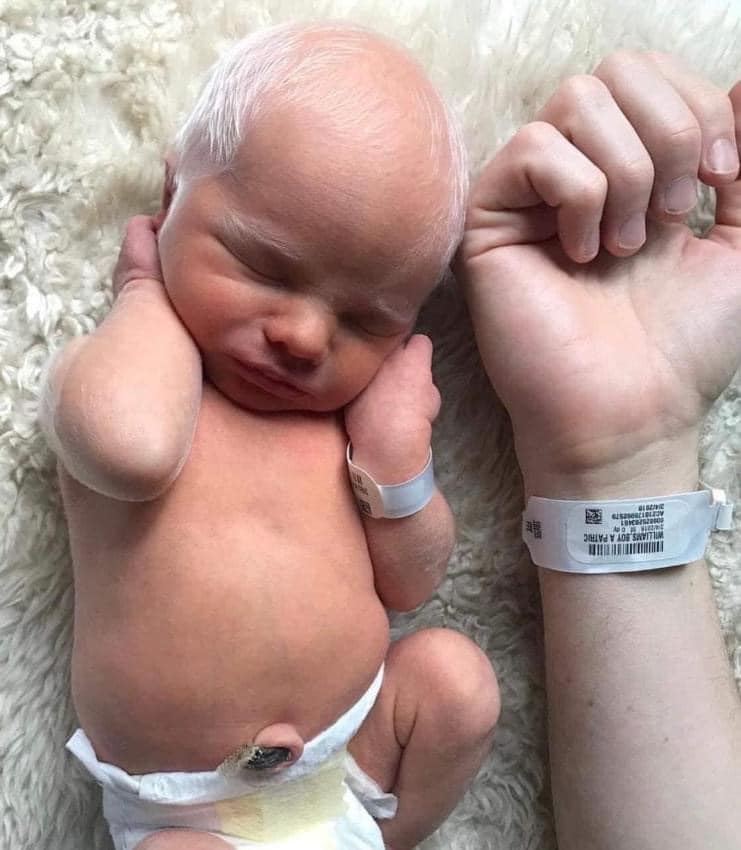OFF THE RECORDHead Lice Prevention For Children And Adults
Children will play in daycare centers and in schools. Additionally, head lice could spread as a result of their play. You can, however, take precautions to stop lice from spreading to adults and children.
The following advice can help stop lice from spreading:
Share nothing touching the head, such as towels or combs.
Steer clear of activities that result in direct touch.
Keep personal items out of common spaces like coat closets, especially apparel for the upper body.
Continue reading to find out more about head lice prevention methods and what to do if your child becomes infected.
1. Don’t share things that touch your head
Start by avoiding sharing objects that come into contact with the head to lessen the likelihood that you or your child will contract head lice.
Sharing personal items might be alluring, particularly with children, but lice can go from an object to your head. Don’t share:
brushes and combs
hair accessories and clips
caps and helmets for bikes
jackets, scarves, towels
earphones and headsets
2. Reduce direct head-to-head contact
Children may instinctively tuck their heads together while they play. However, your child might bring head lice home if their friend does.
Encourage your child to stay away from sports and other activities that put them in direct competition with classmates or other peers. Adults would be well advised to abide by the same rule, particularly those who work with youngsters.
Pull long hair back into a braid or ponytail. Sterilize a small section of hair to help keep stray hair in check.
3. Separate personal belongings
Common areas and possessions can serve as lice breeding habitats. Common clothing hangers, lockers, drawers, and closets can all provide an easy way for lice to move from one person’s belongings to another.
Request that your child keep their possessions out of public spaces, particularly their jackets, hats, scarves, and other apparel. Adults should adopt comparable safety measures.



